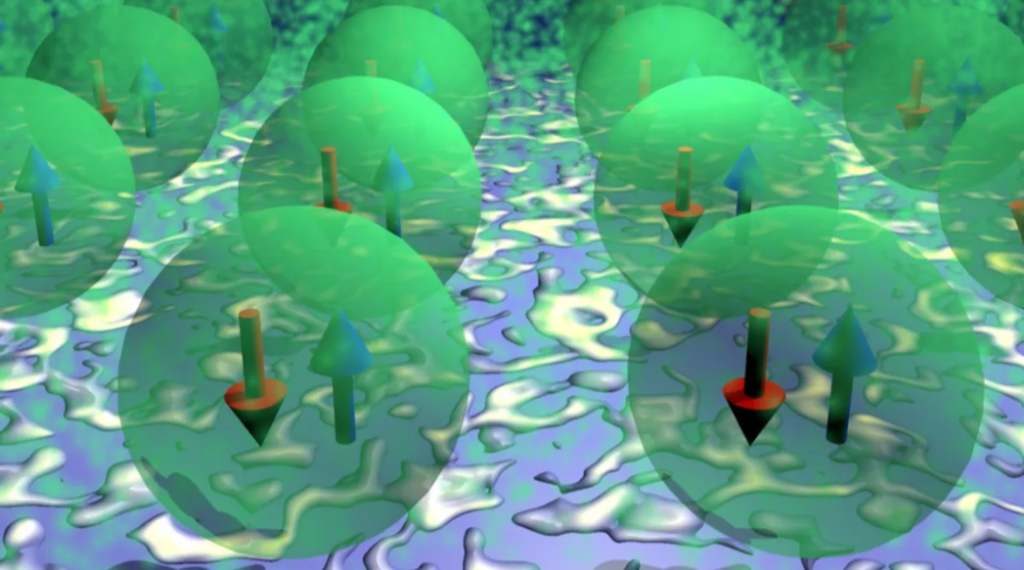First-Ever Detection of Waves Indicating Quantum Entanglement
Researchers have achieved a groundbreaking feat by monitoring the dynamics of triplons, a quasi-particle emerging from entangled electrons—a phenomenon challenging to investigate, especially in conventional magnetic materials. Through real-space measurements, scientists have successfully identified triplons for the first time. Quasi-particles, though not actual particles, manifest during specific interactions and exhibit particle-like behavior throughout the duration of the interaction. In this instance, the entanglement of two electrons gives rise to a pair, entangled either in a singlet or triplet state, with the triplon stemming from the latter interaction.

In the initial generation of triplons, the researchers employed cobalt-phthalocyanine, small organic molecules. The noteworthy feature of these molecules is the presence of a frontier electron. However, it’s important to note that a frontier electron isn’t akin to an adventurous particle; rather, it refers to an electron occupying the highest-energy orbital.
By densely packing these molecules into a confined space, the team induced interactions among the frontier electrons. From an external perspective, the researchers observed the collective behavior of these electrons, manifesting as triplons.

Study author Robert Drost from Aalto University expressed, “By employing very basic molecular building blocks, we can manipulate and explore this intricate quantum magnet in unprecedented ways, unveiling phenomena not evident in its individual components.” He added, “While magnetic excitations in solitary atoms have been long observed through scanning tunneling spectroscopy, the achievement of detecting propagating triplons has remained elusive.”
The generation of such quasiparticles necessitates ingenious setups. These entities aren’t naturally occurring in compounds, making it essential to engineer artificial materials where quasiparticles can emerge and interact in measurable ways.

Professor Peter Liljeroth, the lead author of the study and head of the Atomic Scale Physics research group at Aalto University, commented, “These materials exhibit a high level of complexity, offering intriguing physics, but the most exotic ones are particularly challenging to locate and examine. Therefore, we’re taking a novel approach by constructing an artificial material using individual components.”
By compelling the cobalt-phthalocyanine molecules into a specific arrangement, the team successfully engineered an artificial material. Despite its simplicity in terms of materials, the researchers escalated the complexity. The research demonstrated that triplons could traverse molecular networks, with observable entanglement waves propagating through them.

Assistant Professor Jose Lado, also affiliated with Aalto University, stated, “Our demonstration reveals the ability to generate a unique quantum magnetic excitation in a synthetic material. This approach underscores our capability to systematically design material platforms, offering novel prospects in the realm of quantum technologies.”
Do not forget to share your opinion with us to provide you with the best posts !




0 Comments